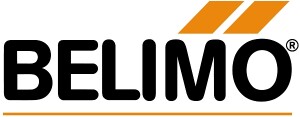Sustainability reporting means disclosing how a company integrates environmental, social, and governance (ESG) factors and what it does to improve them. Globally, almost 20 organizations pursuing diverse objectives are involved in defining sustainability reporting standards, including non-profits, business consortiums, and the United Nations programs (29).
This heterogeneity makes the harmonization of reporting standards a daunting challenge. For instance, companies that fall within the scope of the EU Corporate Sustainability Reporting Directive (CSRD) are required to report according to the European Sustainability Reporting Standards (ESRS), which differ from the most widely used standards issued by the Global Reporting Initiative (GRI). At the same time, companies must also comply with the EU Taxonomy Regulation, which emphasizes environmentally sustainable business activities, and the Corporate Sustainability Due Diligence Directive (CSDDD), which focuses on human rights and environmental due diligence (30).
Although complying with diverse ESG requirements can be complex and costly, comprehensive ESG reporting offers benefits that extend beyond regulatory compliance. Enhanced ESG transparency often drives action by enabling companies to identify inefficiencies, reduce costs, and achieve substantial financial gains. A McKinsey & Company study found that executing ESG effectively can impact operating profits by up to 60%, for example, through reduced energy consumption or lower water intake (31).
Investors in the US and Europe also increasingly prioritize ESG factors as a strategy to mitigate risk and portfolio volatility (32). Environmental metrics often receive significant attention, particularly voluntary commitments to the Science Based Target initiative (SBTi), to which many leading companies subscribe. However, social factors like indoor air quality, thermal comfort, lighting, and noise levels are equally important. These elements directly impact occupant health and well-being, reducing long-term risks, preventing disease, and increasing productivity. With 86% of S&P 500 companies now voluntarily disclosing ESG data, transparency has become a standard expectation, reinforcing trust among investors and customers (33).








